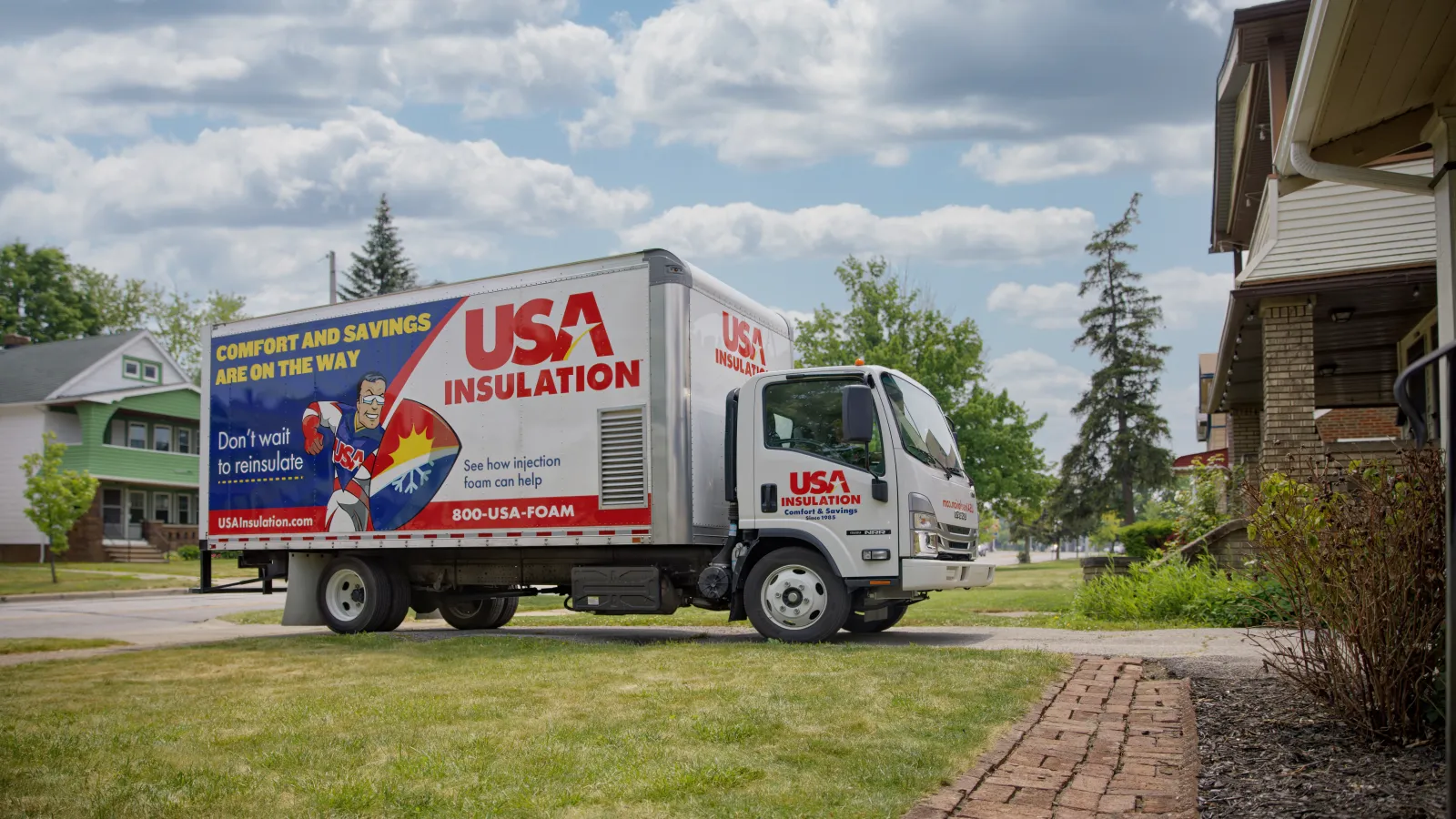Regarding home insulation, the crawl space is one of the most overlooked areas. Despite being out of sight, this area beneath a home plays a crucial role in overall energy efficiency, moisture control, and even the structural integrity of a building.
Insulating a crawl space effectively is vital, and some specific methods and materials work best to protect this unique area from moisture and energy loss.
What is a Crawl Space?
Before discussing insulation options, it is important to clarify what a crawl space is. It is essentially a hollow area under the floors of some houses, between the ground and the first floor.
It is usually limited in height, making it inaccessible for standing but sufficient for crawling, hence the name. This space can vary in size and is used primarily for running the necessary utilities such as plumbing, electrical wiring, and HVAC ducts. Its construction style makes it particularly vulnerable to moisture accumulation and pest invasion, which can lead to several problems.
Why Moisture in Crawl Spaces is a Problem
Moisture is one of the biggest enemies of a healthy crawl space. It can come from the ground, outdoor air that enters through vents, or indoor air from the living spaces above.
Mold and mildew growth occurs because moist environments are breeding grounds for fungi, which can deteriorate air quality and cause health issues. Moisture can also weaken wooden structures, including beams and joists that support a home, leading to wood rot. Additionally, moist air is harder to heat and cool, which can lead to increased energy consumption and higher utility bills. Lastly, many pests are attracted to damp areas, making moist crawl spaces a hotspot for infestations.
If you are you experience moisture in a crawl space, look for an insulation expert at USA Insulation's locations all over the United States.
The Importance of a Moisture Barrier
A key component in combating moisture is the installation of a moisture barrier. This barrier is typically a polyethylene plastic or foil sheet that covers the crawl space floor and sometimes the foundation walls. Here is how it works:
The moisture barrier acts as a blockade that prevents ground moisture, specifically water vapor from the soil, from entering the crawl space. By blocking this moisture it helps prevent mold and mildew, thus maintaining better air quality above.
Additionally, drier crawl spaces make temperature control more efficient, reducing heating and cooling costs and enhancing energy efficiency.
The Best Insulation for Crawl Spaces: Fiberglass Batt
Fiberglass batt insulation is a fantastic option for crawl spaces because its high R-value ensures excellent thermal resistance. Combined with a moisture barrier, it offers enhanced moisture resistance, reducing the risk of degradation.
Besides its efficiency, fiberglass batt is also one of the most economical insulation choices, delivering great value for homeowners on a budget.
Installing fiberglass batts in crawl spaces is a highly recommended option for those looking to boost energy efficiency and savings.
Trust USA Insulation's top-notch team to handle all insulation requests properly. Request a free estimate to make your home more energy efficient today.
Long-Term Maintenance Tips
Regular maintenance is essential to keeping your crawl space in top condition. Conduct regular inspections for damage to the moisture barrier or insulation and ensure proper ventilation to control moisture levels.
Addressing any plumbing leaks or gaps in the building envelope will also help maintain a healthy and efficient crawl space.
Conclusion
With our expert crawl space insulation solutions, you can ensure a healthier living environment and save on energy costs. Contact USA Insulation today to schedule your consultation and start enjoying the benefits of a properly insulated home!



